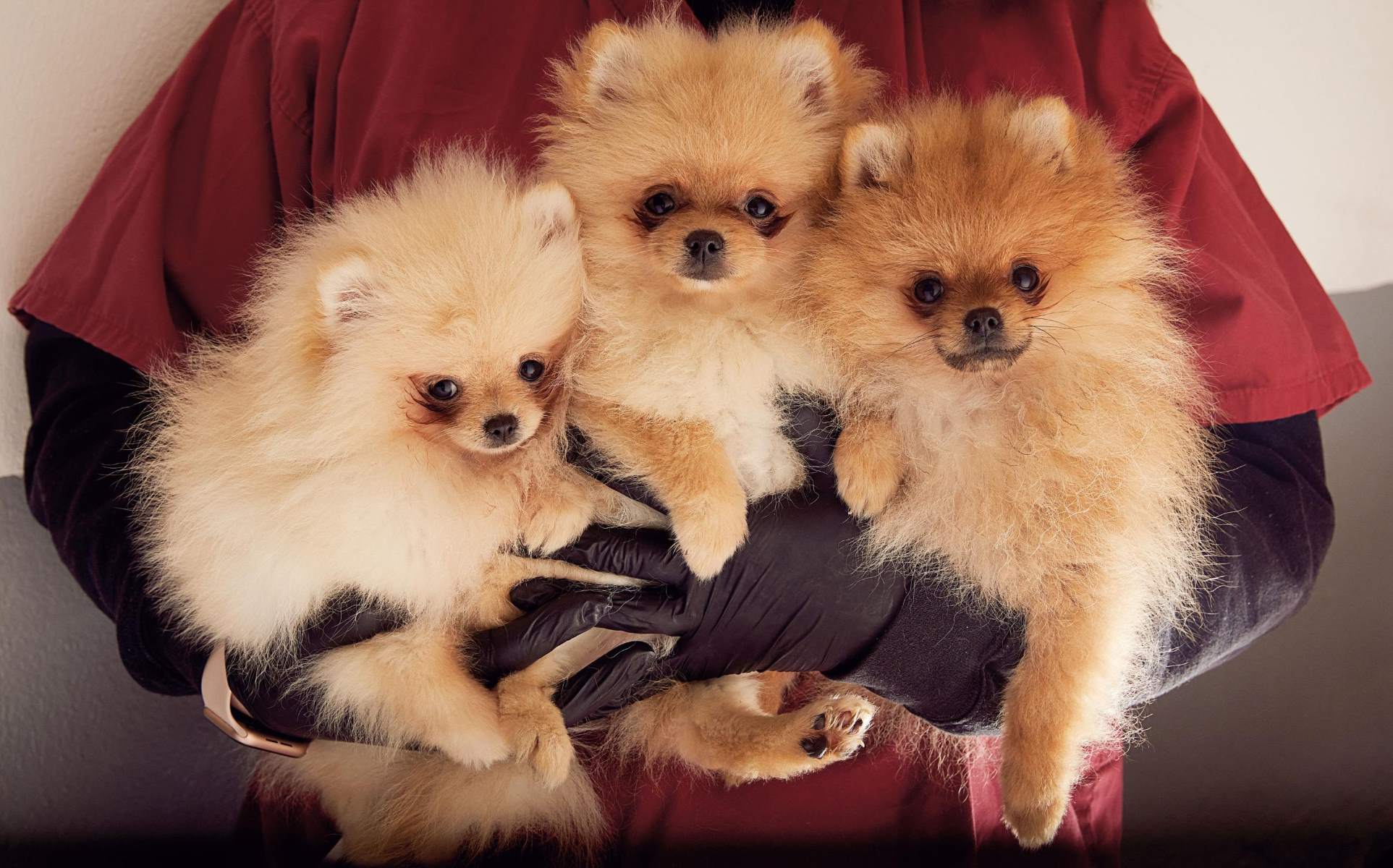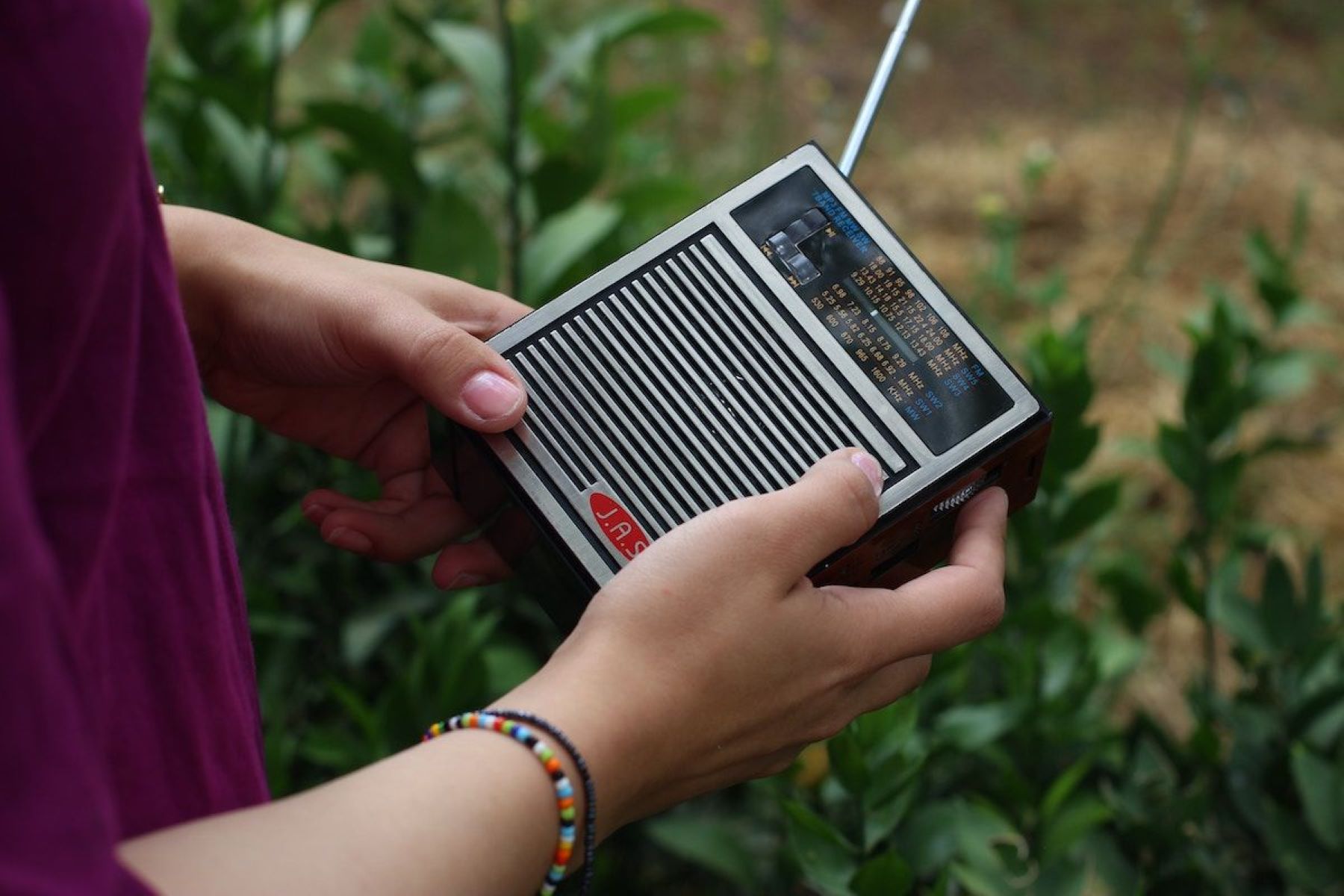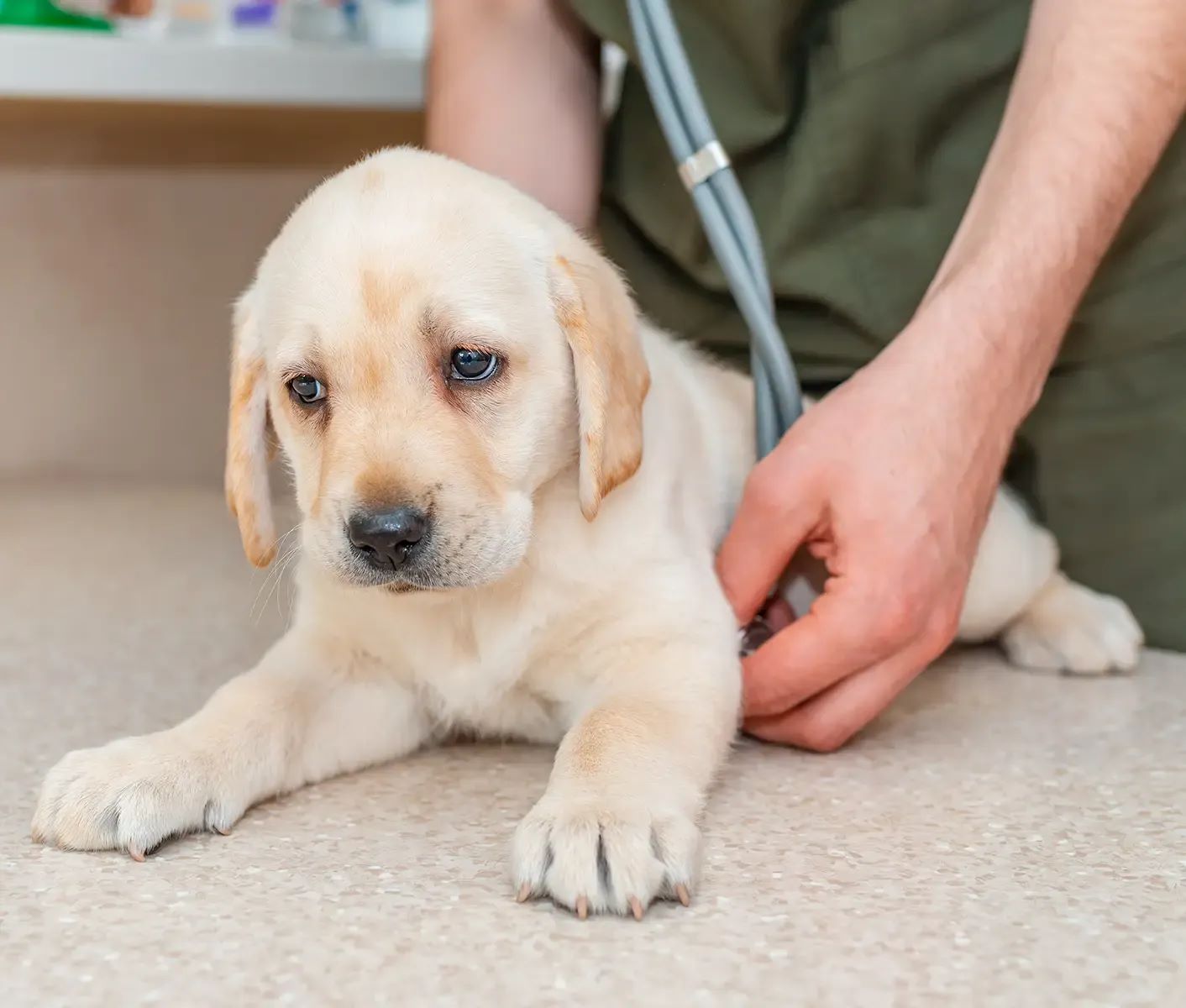Home>Pets & Animals>The Shocking Truth About Aggression In Pomeranians


Pets & Animals
The Shocking Truth About Aggression In Pomeranians
Modified: April 1, 2024
Discover the surprising facts about aggression in Pomeranians and learn how to manage it effectively. Find expert tips and advice on pets and animals.
(Many of the links in this article redirect to a specific reviewed product. Your purchase of these products through affiliate links helps to generate commission for Regretless.com, at no extra cost. Learn more)
Table of Contents
Introduction
Pomeranians, with their fluffy coats and lively personalities, have captured the hearts of dog lovers around the world. These pint-sized pups are known for their playful demeanor and affectionate nature, making them popular companions for many households. However, there's a side to Pomeranians that often goes unnoticed – the potential for aggression.
While aggression in Pomeranians is not a universal trait, it's crucial for pet owners to be aware of the possibility and understand the factors that can contribute to aggressive behavior in these adorable canines. By shedding light on this topic, we can equip Pomeranian owners with the knowledge and tools to address and manage aggression effectively, ensuring the well-being of both the dogs and their human families.
In this comprehensive guide, we will delve into the shocking truth about aggression in Pomeranians. From debunking common misconceptions to exploring the underlying causes of aggression, we will uncover the complexities of this issue. Additionally, we will discuss the telltale signs of aggression in Pomeranians and provide valuable insights into training and management strategies. By the end of this journey, readers will have a deeper understanding of aggression in Pomeranians and be empowered to navigate this aspect of canine behavior with confidence.
So, fasten your seatbelts and get ready to embark on an enlightening exploration of the often misunderstood topic of aggression in Pomeranians. Let's unravel the complexities, dispel the myths, and pave the way for a harmonious coexistence between Pomeranians and their human companions.
Understanding Pomeranians
Pomeranians, often affectionately referred to as "Poms," are small yet spirited dogs that belong to the toy breed category. Originating from the Pomerania region in Central Europe, these fluffy canines have gained immense popularity for their charming personalities and captivating appearance. Understanding Pomeranians entails delving into their unique traits and characteristics, shedding light on what makes them stand out in the world of canine companionship.
Personality and Temperament
Pomeranians are known for their vibrant and extroverted nature. Despite their diminutive size, they exude confidence and possess a bold demeanor that often defies their physical stature. These dogs are brimming with energy and enthusiasm, displaying a keen curiosity about the world around them. Their playful disposition and penchant for seeking attention make them delightful companions for individuals and families alike.
Intelligence and Trainability
Beneath their fluffy exterior lies a sharp and intelligent mind. Pomeranians are quick learners and thrive on mental stimulation. Their inherent intelligence, coupled with a willingness to please their owners, makes them receptive to training when approached with patience and positive reinforcement. However, it's essential to recognize that Pomeranians may exhibit a streak of independence, requiring consistent and gentle guidance during training sessions.
Affectionate Nature
Despite their spirited demeanor, Pomeranians are deeply affectionate and form strong bonds with their human counterparts. They often crave companionship and thrive on human interaction, displaying unwavering loyalty and devotion to their families. This affectionate streak manifests in their desire to be involved in daily activities, whether it's accompanying their owners on leisurely strolls or snuggling up for a cozy cuddle session.
Read more: The Shocking Truth About “Hella” In The US
Protective Instincts
Pomeranians possess a natural inclination towards protecting their loved ones. While their small size may lead some to underestimate their capabilities as guardians, these dogs are vigilant and vocal when it comes to alerting their families of potential threats. Their alert nature and propensity to vocalize make them effective watchdogs, diligently signaling the presence of unfamiliar individuals or unusual occurrences in their environment.
Understanding Pomeranians encompasses appreciating their vivacious personality, intelligence, affectionate nature, and protective instincts. By gaining insight into these defining traits, pet owners can foster a deeper connection with their Pomeranians and provide an environment that nurtures their unique qualities.
Common Misconceptions
Misconceptions about Pomeranians abound, perpetuating myths that can lead to misunderstandings about their behavior, including aggression. It's crucial to dispel these fallacies and replace them with accurate knowledge to ensure the well-being of these beloved pets. Let's unravel some of the most prevalent misconceptions surrounding Pomeranians:
1. Size Equals Timidity
One common misconception about Pomeranians stems from their petite size. Some may assume that their small stature correlates with timidity or a lack of assertiveness. However, this couldn't be further from the truth. Pomeranians, despite being small in size, are known for their bold and confident personalities. Their spirited nature often defies expectations, showcasing their resilience and assertiveness.
2. Aggression is Inherent
Another prevalent misconception revolves around the belief that aggression is an inherent trait in Pomeranians. While it's true that individual dogs may exhibit aggressive behavior, it's essential to recognize that this is not a universal characteristic of the breed. Aggression in Pomeranians often stems from various external factors and experiences, rather than being an inherent aspect of their nature.
3. Incompatibility with Children
Some individuals may mistakenly believe that Pomeranians are incompatible with children due to their small size and perceived fragility. However, when properly socialized and trained, Pomeranians can form loving and harmonious relationships with children. Their affectionate and playful nature often makes them wonderful companions for families with kids, provided that interactions are supervised and boundaries are established.
4. Inability to Learn
Another misconception pertains to the trainability of Pomeranians. Despite their intelligence, some may underestimate their capacity to learn and adapt. In reality, Pomeranians are highly trainable when approached with patience, positive reinforcement, and consistent guidance. Their inherent intelligence and eagerness to please make them receptive to learning various commands and behaviors.
5. Limited Exercise Needs
Due to their small size, Pomeranians are sometimes perceived as requiring minimal exercise. This misconception can lead to inadequate physical activity, which is essential for their overall well-being. In truth, Pomeranians benefit from regular exercise to maintain their physical health and mental stimulation. Engaging in activities such as brisk walks and interactive play sessions is vital for keeping these energetic dogs content and healthy.
By dispelling these misconceptions and embracing a more accurate understanding of Pomeranians, pet owners can cultivate enriching relationships with their furry companions while effectively addressing behavioral concerns, including aggression.
Factors Contributing to Aggression
Understanding the factors that contribute to aggression in Pomeranians is essential for pet owners seeking to address and manage this behavioral issue effectively. While aggression is not a defining trait of the breed, certain factors can influence a Pomeranian's propensity to exhibit aggressive behavior. By delving into these contributing elements, we can gain valuable insights into the complexities of canine aggression and implement proactive measures to mitigate its occurrence.
1. Socialization Deficits
Insufficient socialization during a Pomeranian's formative stages can lead to apprehension and fear towards unfamiliar people, animals, and environments. This lack of exposure may result in defensive or reactive aggression when the dog encounters unfamiliar stimuli, as they perceive these situations as threats. Proper socialization, which involves gradual exposure to various stimuli in a positive and controlled manner, is pivotal in fostering confidence and reducing the likelihood of aggression stemming from fear or anxiety.
2. Territorial Behavior
Pomeranians, despite their small size, can exhibit territorial behavior, especially in their home environment. They may perceive intrusions into their space as a threat, prompting defensive aggression to protect what they consider their territory. Understanding and respecting a Pomeranian's territorial instincts while implementing consistent training can help mitigate territorial aggression and promote a sense of security without resorting to aggressive responses.
3. Fear and Anxiety
Fear and anxiety can significantly influence a Pomeranian's behavior, potentially leading to aggression as a defensive mechanism. Various factors, such as past traumatic experiences, loud noises, unfamiliar surroundings, or separation anxiety, can trigger feelings of distress in these sensitive dogs, culminating in aggressive reactions as a means of self-preservation. Addressing the underlying sources of fear and anxiety through positive reinforcement, desensitization techniques, and creating a safe, reassuring environment can help alleviate the triggers for aggressive behavior.
4. Lack of Boundaries and Structure
Inconsistent or absent boundaries and structure within the household can contribute to behavioral issues, including aggression, in Pomeranians. Without clear guidance and predictable routines, these dogs may feel uncertain or insecure, potentially leading to assertive or reactive aggression as they attempt to navigate their environment. Establishing clear boundaries, maintaining consistent routines, and providing positive reinforcement for desirable behaviors can instill a sense of security and reduce the likelihood of aggression stemming from confusion or insecurity.
5. Health-Related Factors
Underlying health issues or discomfort can manifest in aggressive behavior in Pomeranians. Pain, discomfort, or illness may lead to irritability and defensive responses, especially when physical contact or handling exacerbates their distress. Regular veterinary check-ups, attentive monitoring of any signs of discomfort, and proactive management of health concerns are crucial in addressing potential health-related triggers for aggression.
By recognizing and addressing these contributing factors, pet owners can proactively foster a positive and nurturing environment for their Pomeranians, reducing the likelihood of aggressive behavior and promoting harmonious coexistence between these spirited dogs and their human families.
Signs of Aggression in Pomeranians
Identifying potential signs of aggression in Pomeranians is pivotal for pet owners to intervene and address behavioral concerns effectively. While each dog is unique, certain behaviors and cues may indicate underlying aggression in these spirited canines. By recognizing these signs early on, pet owners can implement appropriate measures to manage and mitigate aggression, promoting a safe and harmonious environment for both the Pomeranians and their human companions.
1. Growling and Snapping
Growling and snapping are common indicators of aggression in Pomeranians. When these dogs feel threatened or uncomfortable, they may vocalize their distress through growls and exhibit defensive behaviors, such as snapping or showing their teeth. These warning signals communicate the dog's unease and serve as a precursor to potential aggressive actions if the underlying triggers are not addressed.
2. Excessive Barking
While Pomeranians are known for their vocal nature, excessive and persistent barking, especially in response to perceived threats or stressors, can signify underlying aggression. Continuous barking, particularly when accompanied by signs of agitation or distress, may indicate the dog's attempt to assert control or ward off perceived threats through vocal intimidation.
Read more: The Shocking Truth About Chill Soda
3. Body Language Cues
Observing a Pomeranian's body language is crucial in discerning potential aggression. Aggressive body language may include stiffening of the body, raised hackles, intense staring, and a tense or rigid posture. Additionally, if a Pomeranian exhibits defensive or confrontational postures, such as showing the side of their body while facing a perceived threat or leaning forward with ears pinned back, it may signal an aggressive response is imminent.
4. Resource Guarding
Pomeranians displaying possessive behaviors over food, toys, or other resources may be exhibiting aggression related to resource guarding. This can manifest as growling or snapping when approached near their possessions, signaling a defensive stance to protect what they perceive as their belongings.
5. Bite Inhibition
A Pomeranian's bite inhibition, or their ability to control the force of their bite, is a crucial indicator of potential aggression. If a Pomeranian displays an inability to moderate their bite force during play or interactions, it may signal an underlying issue with aggression that requires attention and training intervention.
6. Aggressive Responses to Handling
Reactive or aggressive responses to handling, such as resisting being touched, growling, or attempting to bite when approached or restrained, can indicate discomfort or aggression in Pomeranians. These responses may stem from fear, pain, or a lack of trust in their human caregivers, highlighting the need for gentle handling and positive reinforcement to address underlying triggers.
By attentively monitoring these signs and behaviors, pet owners can proactively address potential aggression in Pomeranians, fostering a supportive and nurturing environment that promotes positive behavior and emotional well-being in these beloved companions.
Read more: The Shocking Truth About Prop 65 Warnings
Training and Management
Effective training and management strategies play a pivotal role in addressing and mitigating aggression in Pomeranians. By employing positive reinforcement, consistent guidance, and proactive measures, pet owners can create a supportive environment that fosters desirable behaviors while addressing potential triggers for aggression.
Socialization and Obedience Training
Proper socialization is a cornerstone of preventing aggression in Pomeranians. Introducing these dogs to a wide array of people, animals, and environments from an early age can help them acclimate to various stimuli and reduce the likelihood of fear-based aggression. Obedience training, encompassing commands such as "sit," "stay," and "leave it," establishes clear communication between pet owners and their Pomeranians, promoting mutual understanding and respect.
Positive Reinforcement and Desensitization
Utilizing positive reinforcement techniques, such as rewarding desired behaviors with treats, praise, or play, is instrumental in shaping a Pomeranian's responses and reinforcing non-aggressive conduct. Additionally, desensitization exercises, gradually exposing the dog to potential triggers in a controlled and positive manner, can help alleviate anxiety and fear-based aggression, fostering confidence and resilience.
Consistent Boundaries and Routines
Establishing consistent boundaries and routines within the household provides Pomeranians with a sense of security and predictability, reducing uncertainty and potential triggers for aggression. Clear guidelines for acceptable behaviors, coupled with predictable daily routines, create a harmonious environment that promotes emotional well-being and diminishes the likelihood of confrontational responses.
Professional Training and Behavioral Consultation
In cases where aggression persists or intensifies despite diligent efforts, seeking professional training and behavioral consultation is advisable. Certified dog trainers or behaviorists can provide tailored guidance and specialized techniques to address specific aggression triggers in Pomeranians, offering invaluable support for pet owners navigating challenging behavioral issues.
Health and Well-being Considerations
Prioritizing the overall health and well-being of Pomeranians is integral in managing aggression. Regular veterinary check-ups, attentive monitoring of physical discomfort or illness, and proactive management of health concerns contribute to a balanced and contented disposition, reducing the potential for pain-related or irritable aggression.
By incorporating these training and management strategies into their interactions with Pomeranians, pet owners can cultivate an environment that nurtures positive behavior, confidence, and emotional balance, ultimately mitigating the occurrence of aggression and fostering a harmonious bond between these spirited dogs and their human families.
Conclusion
In conclusion, the topic of aggression in Pomeranians unveils a multifaceted aspect of canine behavior that warrants careful consideration and understanding. While Pomeranians are renowned for their spirited personalities and affectionate nature, the potential for aggression underscores the importance of proactive management and informed approaches to fostering harmonious relationships between these delightful dogs and their human companions.
Throughout this comprehensive guide, we have explored the nuanced traits and characteristics of Pomeranians, shedding light on their vibrant personalities, intelligence, and affectionate disposition. By delving into these defining qualities, pet owners can gain a deeper understanding of their Pomeranians' needs and behaviors, laying the foundation for nurturing a supportive and enriching environment.
Dispelling common misconceptions about Pomeranians has been instrumental in fostering accurate perceptions of these beloved dogs. By addressing misconceptions related to their size, compatibility with children, trainability, and exercise needs, pet owners can embrace a more informed perspective, enabling them to cater to their Pomeranians' well-being effectively.
Furthermore, our exploration of the factors contributing to aggression in Pomeranians has provided valuable insights into the complexities of canine behavior. From socialization deficits and territorial instincts to fear, anxiety, and health-related factors, recognizing these influences empowers pet owners to implement proactive measures that mitigate potential triggers for aggression, promoting a balanced and secure environment for their Pomeranians.
Identifying signs of aggression in Pomeranians has been pivotal in equipping pet owners with the knowledge to discern potential behavioral concerns. By attentively monitoring behaviors such as growling, excessive barking, body language cues, resource guarding, bite inhibition, and responses to handling, pet owners can intervene early and implement appropriate measures to address and manage potential aggression effectively.
The training and management strategies discussed in this guide underscore the significance of positive reinforcement, consistent boundaries, and proactive socialization in fostering desirable behaviors and mitigating aggression in Pomeranians. By incorporating these strategies into their interactions and routines, pet owners can create a nurturing and supportive environment that promotes emotional well-being and harmonious coexistence with their Pomeranians.
In essence, the shocking truth about aggression in Pomeranians serves as a call to action for pet owners to embrace a holistic understanding of their beloved companions. By recognizing the complexities of canine behavior, dispelling misconceptions, and implementing proactive measures, pet owners can cultivate enriching relationships with their Pomeranians, fostering a harmonious and joyful bond that transcends potential behavioral challenges.








